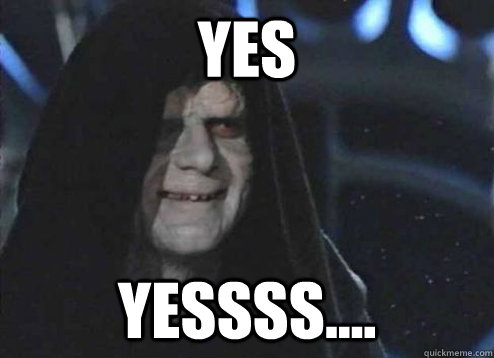The hands should do as little as possible. The hands and arms intercept a little of the load as they function to keep the bar on the shelf formed by the posterior delts, but you don't want to try and "bend the bar around your back" during the squat, or support most of the weight of the bar in the hands. If the bar wants to roll down your back, the bar may be sitting too low. Have you checked out any of the videos on this site about bar placement? Don't be afraid to wrap your thumb around the bar, too. Some peeps prefer that. There is a fair amount of room for personal preference here.












